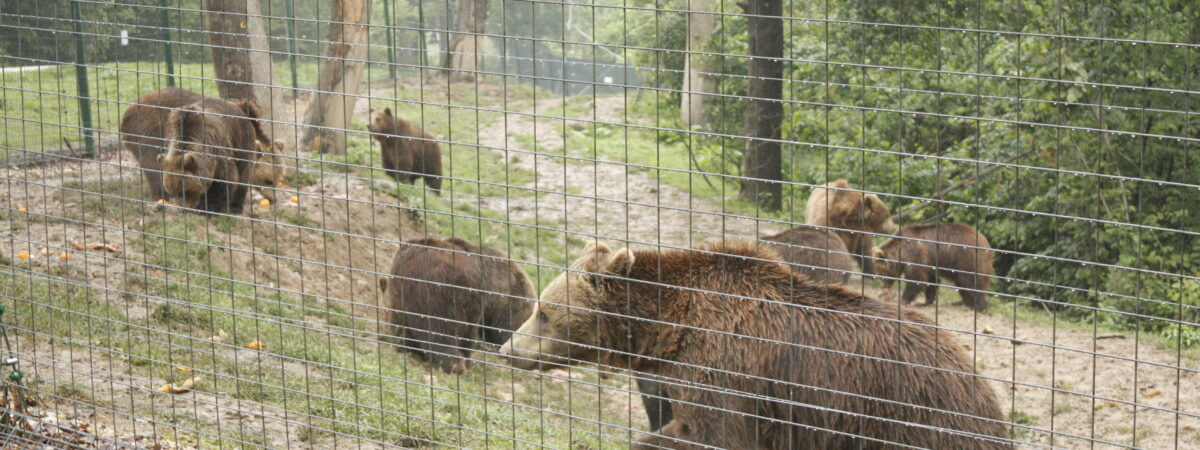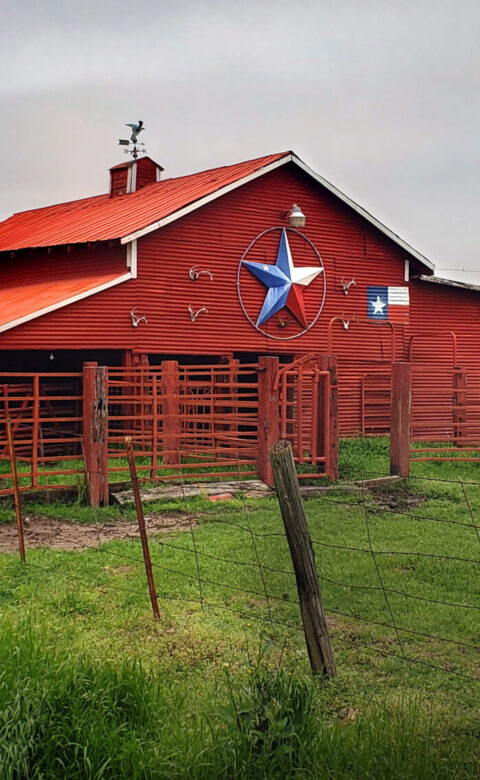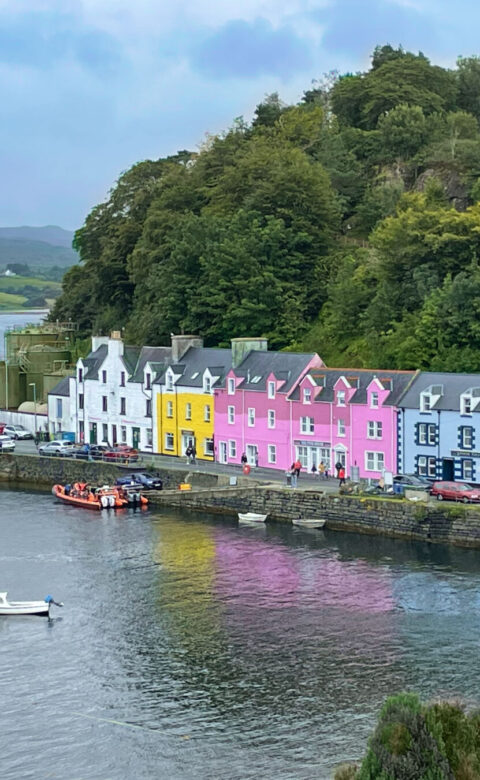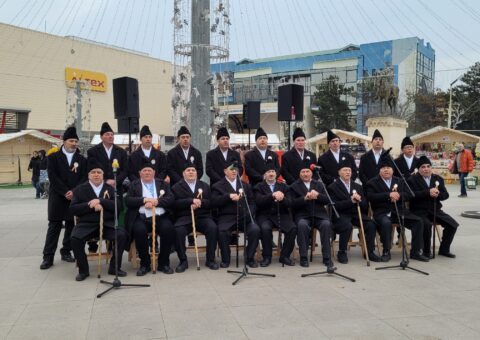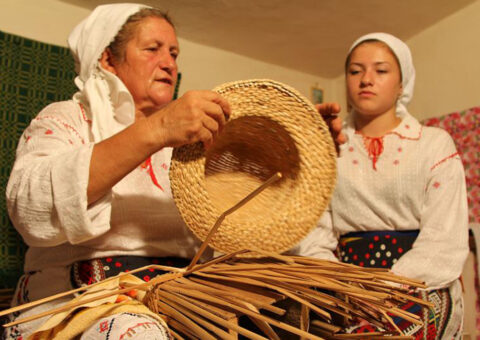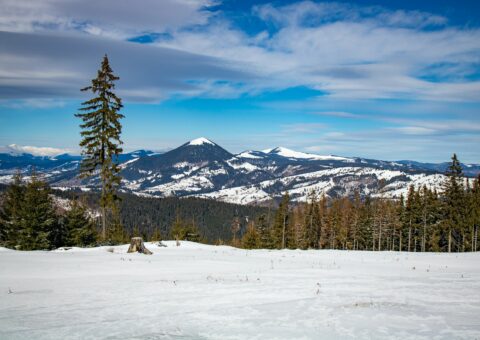Romania has 60 percent of Europe’s brown bears, but these giant creatures have often been kept in captivity for entertainment. In partnership with World Animal Protection, the Libearty Sanctuary in Zărnești is now a safe home for many of them. Following her passion for animal rights, Miriam Jøms set out to see the sanctuary for herself.
Reaching our destination in Zărnești, Romania, the security guards’ “teddy bear” dog greeted us, clearly pregnant with tail wagging. The guards pointed us down a small secured path to an office. Inside, we were treated to a movie screening, which explained the country’s history of brown bears and our reason behind our visit to this site, the Libearty Sanctuary.
According to my guidebook, Romania currently has approximately 60 percent of Europe’s brown bears. It’s said that an earlier dictator prohibited the hunting of all bears, not to protect the bears but to ensure he had unlimited access to all bears for his own hunting pleasure.
Unfortunately, it is a tradition across parts of the world, especially in Turkey and Greece, but also in India, Bangladesh, and Romania, to keep bears in captivity, largely for entertainment purposes.
World Animal Protection has been working on the issue of bears in captivity since 1992. It started this local initiative with Romanian Christina Lapis, who already managed a shelter for street dogs in Romania through the organisation Asociatia Milioane de Prieteni (Millions of Friends). This initiative revealed the serious abuse inflicted upon bears held in captivity in Romania. Some of the bears were used as a source of income when tourists paid to take photos of them. Others were used as a way to get people to stop at petroleum stations and restaurants. Still others were kept in zoos. Every bear had a story.
After many years of hard work, in 2005, a donation-based, 70-hectare forest from the local authorities opened. Cristi, Lydia, and Odi, Libearty’s first three bears, moved in.
A young, relaxed guide invited us to step into the sanctuary. Just outside the office was the first big enclosure for some of the sanctuary’s bears. Each bear had their own nameplate made out of timber with their date of arrival at Libearty.
Suddenly, I was standing one metre from a large, imposing bear, who hardly acknowledged me. I watched in fascination as it lumbered around, free from chains.
Most of Libearty’s bears live in a group with other bears, known as a sleuth. The large enclosures have space for them to easily move around and some even have pools.
However, some bears at Libearty have been more comfortable living in small sleuths, or even alone. One of these bears is Max, who arrived in 2008 and immediately made a strong impression on me.
As we approached his enclosure, Max just sat still. For the first 10 years of his life, Max was chained outside a restaurant near Peleș Castle, one of Romania’s most popular tourist attractions. If tourists wanted photos of Max, they paid his owner. Our guide explained the bear had probably been blinded by needles so that he didn’t react aggressively when these paying customers approached him. When he arrived at Libearty, Max struggled to walk because he hadn’t been able to freely move for so long.
As our guide shared the bear’s story, we watched Max in this safe environment. He ambled a bit further away from us, picked up a big piece of watermelon, then sat back down again. He took a bite, gently eating his snack.
I might be inexperienced with bears, but it seemed his life had definitely taken a turn for the better.

